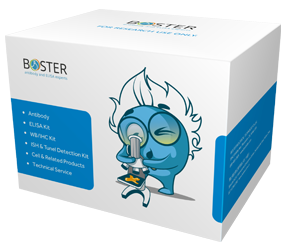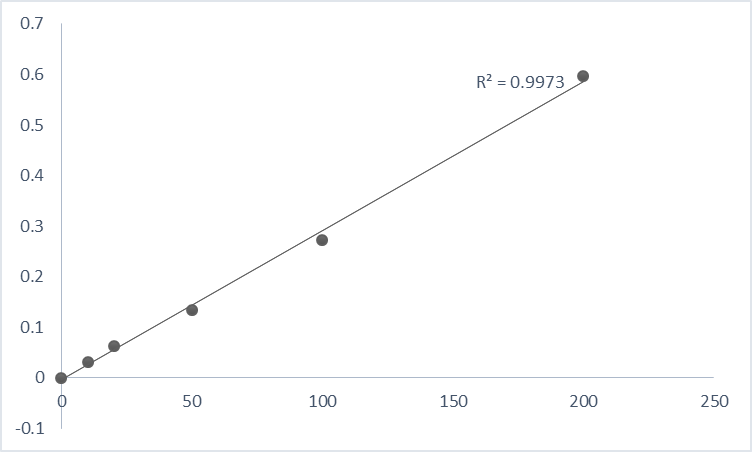
0
Caspase-1 Activity Assay Kit
AR4003
Product group Assays
Overview
- SupplierBoster Bio
- Product NameCaspase-1 Activity Assay Kit
- Delivery Days Customer9
- ApplicationsFunctional Assay
- CertificationResearch Use Only
- Scientific DescriptionIntroduction Caspases are a family of proteases that initiate the process of apoptosis in mammalian cells. Caspase-1 is a cysteine protease, also known as Interleukin 1beta converting enzyme (ICE). It is the only caspase capable of cleaving the precursor forms of both IL-1beta and IL-18 to generate the biologically active forms of cytokines. Active Caspase-1 is derived from the cleavage of the 45 kDa pro-enzyme by caspase-11 to generate 20 kDa and 10 kDa fragments. These two fragments assemble into a heterodimer, which in turn forms a tetramer with two independent catalytic sites. It also cleaves and activates sterol regulatory element binding proteins (SREBPs). Our Caspase-1 Assay Kit, Colorimetric provides a simple and convenient method for assaying the activity of Caspase-1, which is based on the hydrolysis of the labeled substrate Ac-YVAD-pNA (N-Acetyl-Tyr-Val-Ala-Asp-p-nitroanilide) by Caspase-1, releasing the pNA (p-nitroaniline) moiety from the substrate. The released pNA has the max absorbance at 405 nm (epsilonmM = 10.5) and its concentration is calculated by measuring the absorbance values at 405 nm or from a standard calibration curve prepared using the pNA Dye Standard, using a microplate reader or spectrophotometer. The assay can be performed in 100 microl volume in a 96 well plate using an ELISA plate reader or in 1 ml volume and measured in a spectrophotometer, using quartz cuvettes, since plastic cuvettes attenuate the absorption at 405 nm. Comparison of the absorbance of the released pNA from an apoptotic sample with an uninduced control allows determination of the fold increase in Caspase-1 activity. Overview
- UNSPSC41116133


